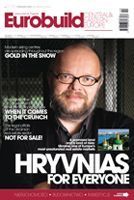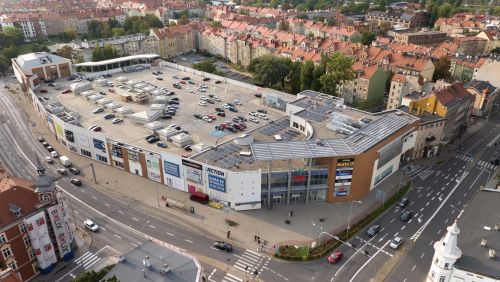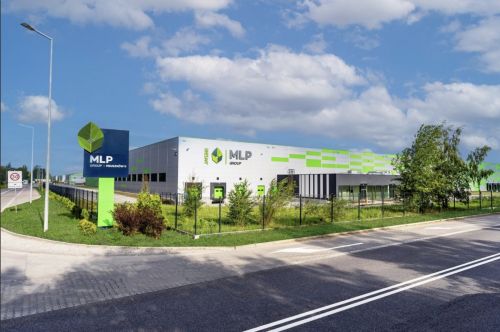We’d never had it so good – BUT THEN along came the US CREDIT CRISIS. However, Dr Nassos Manginas, associate director of research institute IPD, feels there is no need to panic Nathan North, ‘Eurobuild CEE’: How would you characterize the state of the CEE investment markets in contrast to the more established ones that have been rocked by the financial crisis on the US sub-primes mortgage market? Dr Nassos Manginas, IPD: The Czech Republic, Poland and Hungary have been converging quite rapidly towards the level of western countries in terms of investment yields. Further yield compression is expected, possibly at a modest rate, but continuing with premiums that are still reasonable relative to the main European markets. The less transparent markets – e.g. Russia – are still going to offer higher returns to account for the higher risk-taking there compared to Western Europe. One particular aspect of the CEE real estate industry at the moment is the






























































